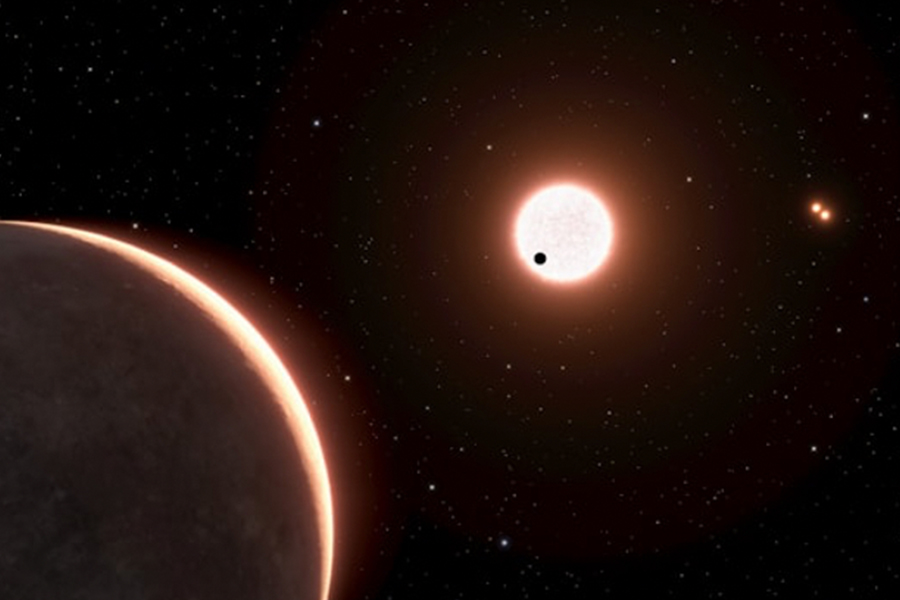Beyond the familiar faces of Mars, Venus, and Jupiter lies a treasure trove of celestial bodies in our solar system, each with its own unique characteristics and mysteries. These lesser-known planets and moons are not just space rocks orbiting the Sun; they are windows into the vast history and dynamic processes of our solar system. Embarking on a journey through these distant worlds offers fresh perspectives and fuels our collective curiosity about the universe.
Our understanding of these celestial objects has been significantly enhanced by missions such as those carried out by the Kepler satellite. While primarily tasked with discovering exoplanets, Kepler’s data also contributes indirectly to our knowledge about the composition and atmospheres of bodies within our own solar system. This wealth of information helps astronomers piece together the environmental puzzles that these lesser-known entities present.
One of the captivating yet often overlooked subjects in our cosmic neighborhood is Triton, Neptune’s largest moon. Triton exhibits geysers – likely driven by seasonal heating from the Sun – which hint at a subsurface ocean. This moon isn’t just an icy spectacle; its potential underground sea could hold clues to processes much like those thought to occur on Jupiter’s moon Europa, where life might exist.
Another hidden gem is Haumea, one of the fastest spinning and most oddly shaped objects in our solar system. Resembling a flattened rugby ball, this dwarf planet’s rapid rotation has led to its unique shape. Haumea’s surface is covered in crystalline ice, reflecting bright sunlight and making it one of the shiniest objects in the Kuiper Belt. It even boasts a ring system, which was a surprising discovery that challenges our understanding of how rings form around celestial bodies.
Moving inward towards the sun, let’s not forget about Venus’ twin, a planet named after the goddess of beauty but known for its hellish conditions: Venus itself. Recent missions have revived interest in Venus due to mysterious signs of phosphine in its atmosphere—a potential indicator of biological processes. As technology advances, new probes may soon unlock the secrets hidden beneath its thick clouds and harsh atmosphere.
As we expand our reach and refine our technological tools, each mission directed at these lesser-known destinations unveils more about their nature and origins, which in turn sheds light on Earth’s place in the cosmos. The intrigue surrounding these distant worlds is not merely academic; understanding their formation, evolution, and current state has direct implications for our knowledge of planetary sciences, including Earth’s own future.
The exploration of these less-celebrated celestial bodies enriches our comprehension of the solar system. Like uncovering forgotten chapters of a book, each study and mission brings us closer to completing the incredible story of our cosmic surroundings. As we continue to survey the skies with eager eyes and advanced technology, let’s celebrate every piece of the puzzle – no matter how seemingly small or distant.
Each discovery contributes to a broader understanding that connects us more deeply with the wonders of space, encouraging explorers and scientists to look beyond the obvious giants like Mars or Saturn. By appreciating and studying these lesser-known worlds, we continue our journey not just through space but through a deeper understanding of what it means to exist in this expansive universe.

